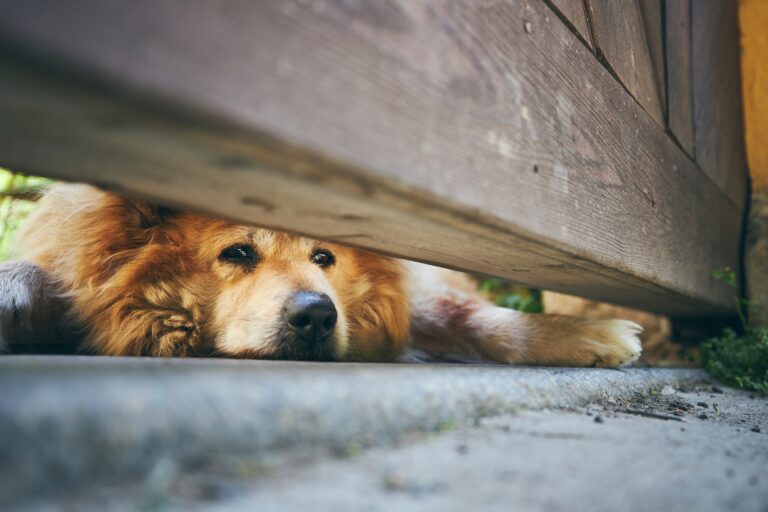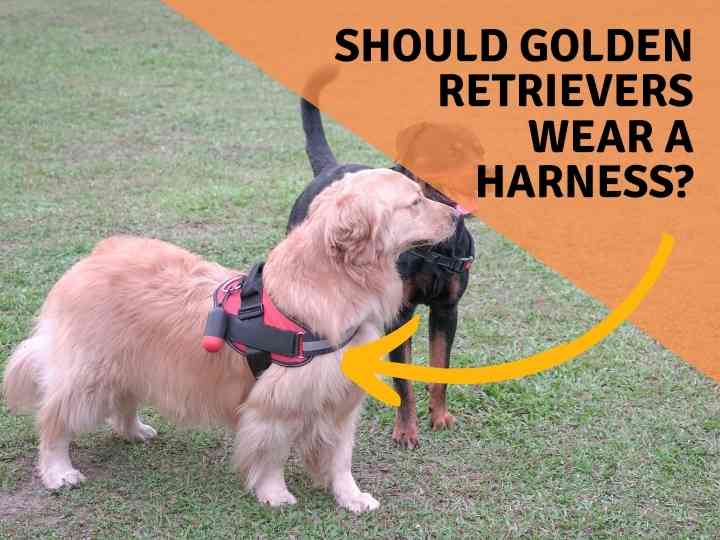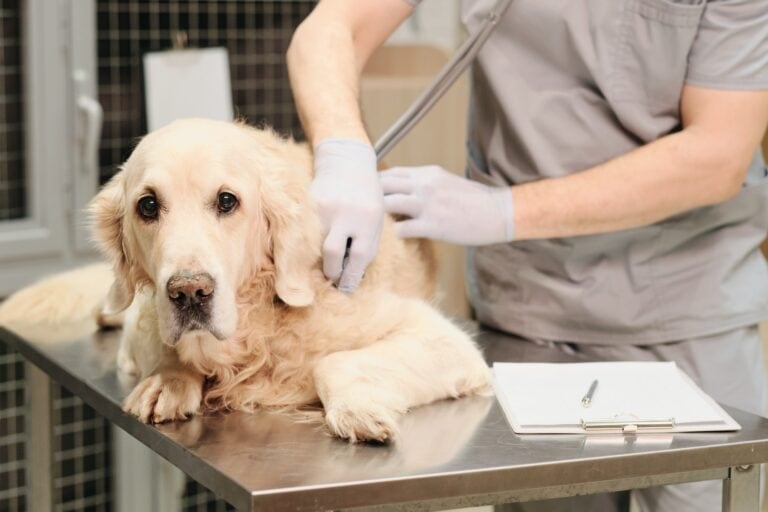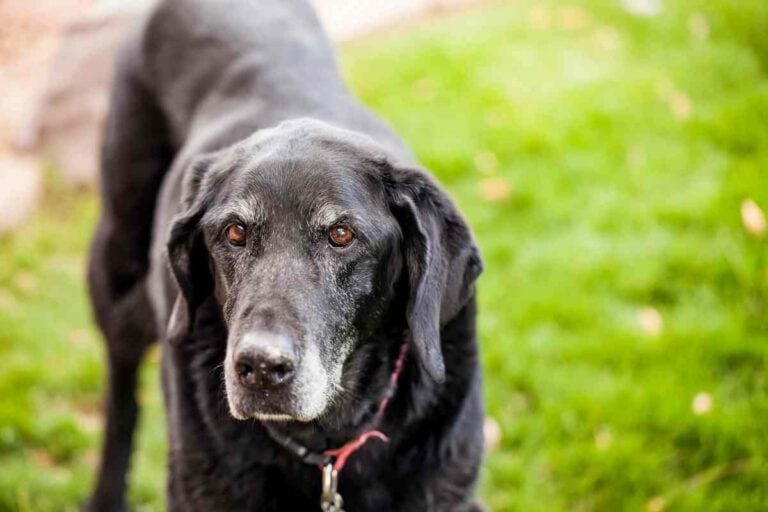How Many Cups Are In A 40 Pound Bag Of Dog Food?
What is the equivalent of 40 pounds of dry dog food or wet dog food?
In the context of this blog post, it’s a question about how many cups are in a pound.
For those of you who aren’t math whizzes, here’s how to do it on your dog food calculator:
How Many Cups Are In A 40 Pound Bag Of Dog Food?
One pound of dog food (any brand) is equivalent to approximately five cups. That means that a forty-pound dog food bag contains 180 cups of food. If you have a 35-pound dog, that should last you about 90 days.
For all you need to know about keeping your dog happily fed without breaking the bank, keep reading!
What Components Should You Look for While Shopping for Your Dog’s Food?
Protein
This should be top on the list of ingredients, and a well-balanced meal should contain more than 30% of its protein.
Meat, in particular, is an essential part of the diet, and it is used to build muscle tissue, skin cells, and hair.
It also helps the body produce chemicals, like hormones, and aids in nerve function.
Additionally, protein also aids the immune system, and it keeps the body functioning well.
A dog’s diet rich in protein will help him stay healthy.
High-quality animal protein is a vital ingredient in dog food.
A high-quality animal protein is the first ingredient in a portion of good-quality dog food.
A quality animal protein is easier to digest and absorb for your dog, so it’s essential to feed your dog only the best.
Many recent studies have looked at the benefits of protein.
In these studies, dogs were fed diets high in chicken protein or a corn-gluten meal diet.
Fiber
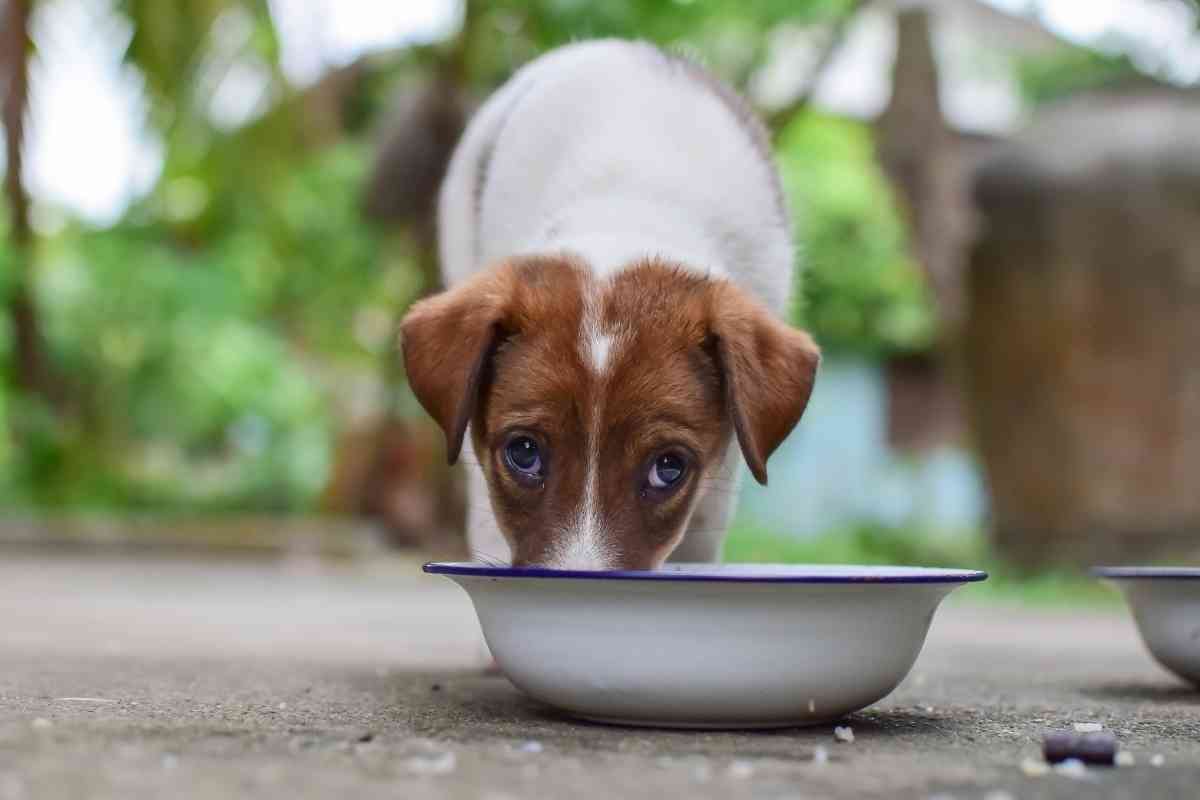
The higher the fiber in his diet, the less likely he will develop chronic digestive conditions.
Additionally, fiber increases the volume of food and stool, making it flow more smoothly through his intestines.
It also aids in the absorption of nutrients and water.
Some fibers are mucilage, which aids in sliding food through the intestines, and other fibers slow down the stomach emptying.
It promotes regular bowel movements and helps maintain a healthy colon.
The benefits of fiber are different in dogs, so choosing the right one for your pup is essential.
You’ll want to choose foods that are high in fiber.
Fortunately, fiber can be found in many foods, so finding the right one for your dog won’t be challenging.
Carbohydrates: The carbohydrates in a dog’s meal are a primary energy source, and they provide the body with the necessary energy to run various functions.
They are a secondary fuel source and should be limited to a minimum.
Nevertheless, carbohydrates can be a valuable part of a dog’s diet, but they should be limited to a small portion and cooked and unprocessed.
A healthy dog’s diet should contain at least 20% of carbohydrates, but the number of carbohydrates in a dog’s diet can range from twenty to sixty percent.
The amount of carbohydrates in a dog’s diet depends on several factors, including the type of ingredients used in the food and the manufacturer’s recipe.
A dog with a high energy level or a working nature may require more carbohydrates.
Consult with a veterinarian before making any significant changes to the diet.
Vitamins: The main reason to include these nutrients in your dog’s meals is that they help your dog maintain a healthy immune system.
There are two types of vitamins – water-soluble and fat-soluble.
Your dog can easily absorb water-soluble vitamins found in many different foods.
The B-complex is the most readily absorbed form of vitamin E, while the fat-soluble types can be stored in the body.
Both types are essential to your dog’s health, and you should always check your dog’s food label to ensure it contains the vitamins it needs.
Vitamins can come in two forms.
Water-soluble vitamins are flushed out of your dog’s body by the urine and are not used by the body.
Animal fat is rich in fat-soluble vitamins, and too much of either of these vitamins will result in physical abnormalities in your dog.
The right amount of each type of vitamin is essential for your dog’s health.
In addition, make sure your dog gets plenty of calcium and phosphorus in their diet, as these are vital for growing and maintaining strong bones and muscles.
Precautions You Must Take While Feeding Your Dog
Avoid Foods with Too Many Saturated Fats
Saturated fats are harmful to your dog’s health as they are more concentrated.
A good guideline for a dog’s diet is a five percent ratio of fats.
Most commercial dog food contains around eight to eighteen percent crude fat by weight, much higher than what’s considered safe for humans.
Excessive amounts of crude fat can contribute to obesity and cause abnormal heart function, high blood pressure, and inflammation of the pancreas.
As such, it’s best to avoid any food that contains more than 40% of this type of nutrient.
The bad cholesterol is associated with AA, while the good ones are related to DHA.
Both good and bad fats are beneficial to dogs, and both types can be consumed in small amounts.
However, the good ones outweigh the bad when it comes to saturated fats.
A balanced diet should include a balance of omega-3 and omega-6 fatty acids.
Follow Measurement of Cups According to the Age of Your Dog
Many dog owners are guilty of overfeeding their dogs, leading to obesity.
Feed your dog according to its life stage.
Dogs need different nutritional requirements at different stages of their lives.
If your dog is a puppy, it may need less puppy food than a grownup, and an older dog will need more than twice as much food as a young adult.
A small dog weighing 11 to 22 pounds should be fed a service size of 4 to 6 ounces of food per day.
Dogs weighing between 22 and 55 pounds should consume 10 to 12 ounces of dog chow each day on average.
Larger breeds weighing between 55 and 77 pounds require 16 to 18 ounces of water each day.
For extremely large dog (that can weighing 77 pounds per cup or more), feed 24 to 30 ounces per pound of dog food per day.
Older dogs will require different amounts of food than younger dogs, and their dietary needs also change with age.
It is essential to monitor your dog’s ideal weight, activity level, and overall health.
Using age-specific feeding guidelines will help ensure that your dog gets the proper nutrition.
When in Doubt Ask an Expert
Remember, feeding your dog correctly is crucial for its health and well-being.
It can be overwhelming trying to figure out what measuring cup of food is best for your dog.
Even when most pet food manufacturers have formulated formulas based on the size of your dog, its age, and the amount of energy it produces.
It’s essential to ask your veterinarian for guidance on feeding your dog.
They are trained to know what your dog needs, mainly when they have carried out thorough examinations.
This will help you get the right amount of food for your furry friend.
Final Take Away
This question will probably seem silly to you, but it’s an important question for people passionate about their pets.
If your dog eats a pound of food each day, that’s only getting him down to 4 cups.
This is operating on the assumption you know how much that is in cups, so none of this is complicated math.
What will probably be more difficult to comprehend is that there are different weight loss and volume measurements, so you ought to learn those terms as well!

